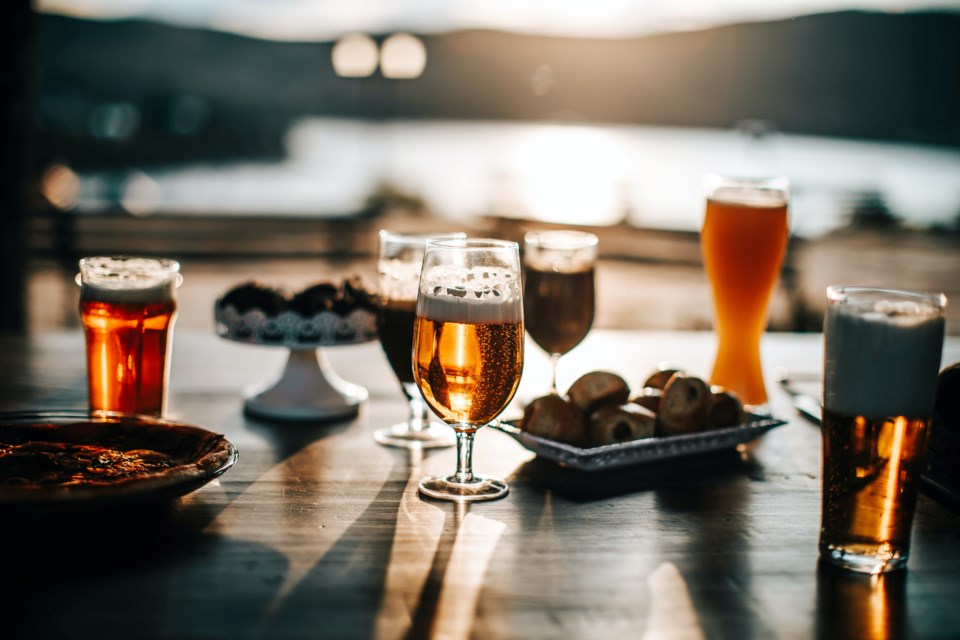With less to do and stuck at home in the pandemic, many of us noticed our alcohol consumption increase in the first few weeks. Then, once we realized this was not a vacation but would be with us for the long haul, we realized that it wouldn’t be wise or even sustainable! That’s my hypothesis anyway for why there are suddenly so many new and interesting non-alcoholic craft beers on the market, finding commercial success. It coincides with the popularity of drinking reduction websites like “One Year No Beer”, which has grown significantly during the on-and-off lockdowns. Soft drinks aren’t an attractive option for many, as they just don’t have an adult taste, and most are sweet. In contrast, beer drinkers are generally looking for something more savoury, often with a bitter finish.
Non-alcoholic beer is cheaper (because there is no tax) and often has fewer calories, so you can drink pretty much all you want without guilt or loss of alertness. Heineken and Beck’s have had good non-alcoholic lagers available for a long time, with O’Doul’s another option, all of them a bit sweeter than alcoholic beer. None of them got much traction among real beer lovers. More recently, Bud Zero and Budweiser Prohibition are also light-flavoured zero alcohol beers. They taste similar to Michelob Ultra, the low calorie, low carb, light beer, which is very popular among golfers wanting a low alcohol adult tasting drink that won’t make them feel heavy. And Grolsch and Peroni both have non-alcoholic options that are reportedly good alternatives for the lager lover. These thirst-quenching near beers will be attractive as the weather warms up.
A low alcohol beer that never really got the marketing it deserved, in my opinion, was Upper Canada’s Point Nine: it had 0.9% alcohol so it couldn’t be sold in grocery stores in those days. Four or five was equivalent to a single alcoholic beer, and the flavour was a full-bodied lager. You could feel satisfied joining your friends at the pub for the evening and still be the designated driver. It was hard to find and not promoted, and as a result, did not sell in enough volume to be continued: also, if the current trends are any indication, it was probably a bit ahead of its time.
Maybe it’s a coincidence, but just in time for the pandemic, there is now a spectacular array of good non-alcoholic craft options for the person who isn’t looking for a mass-produced lager type product, most of which have a bit of sweetness to them.
Ted Fleming was a craft beer lover who gave up alcohol when he was diagnosed with Crohn’s: he founded Partake Brewing (drinkpartake.ca) in Calgary and has ramped it up rapidly with financing to address the whole North American market. Partake offers a Blonde, which absolutely passes for a Corona or Coors Lite lager with a bit of body, great hot afternoon drink; a Pale Ale, a light crisp bitter reminiscent of an English keg beer; an IPA like a lighter bodied American IPA, hoppy and quite satisfying with a genuine beer bitter after taste; a Red Ale (think Rickard’s); and a Stout (close in flavour to my palate at least to Wellington’s Imperial Stout).
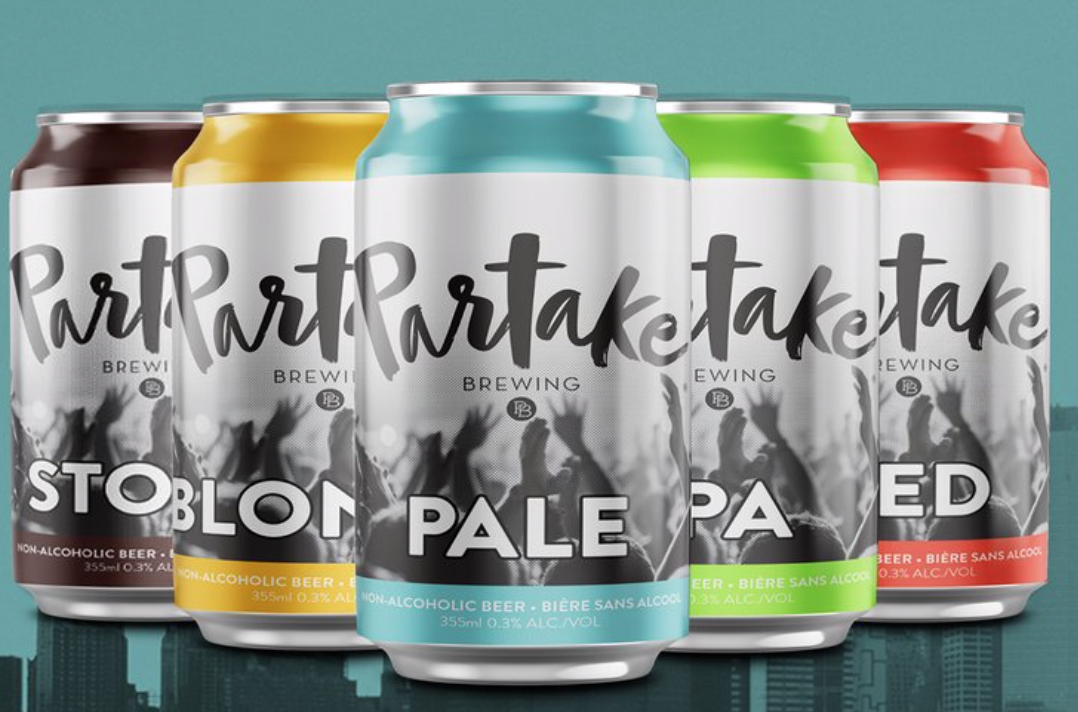
On sale in limited quantities at the LCBO and grocery stores, the full range can be ordered online and delivered within a few days in Oakville. These beers all have very few calories, from 10 calories per standard (12 oz.) can to 30. They compare very well with alcoholic beers for flavour, with the biggest difference being that they aren’t as filling, so a little less satisfying. I think they’d fool most people on a straight taste test if you didn’t tell them that there was no alcohol ahead of time. Partake was the first non-alcoholic craft beer I tried, and was quite literally shocked at how good it was at $0.17 per ounce and 1-2.5 calories per oz.
Sober Carpenter is a Montreal microbrewery making non-alcoholic beers. In 16 oz. cans, these beers have slightly more calories than Partake, even accounting for the size of the can, at 60 or 65 calories, which is still a lot less than most alcoholic beers.
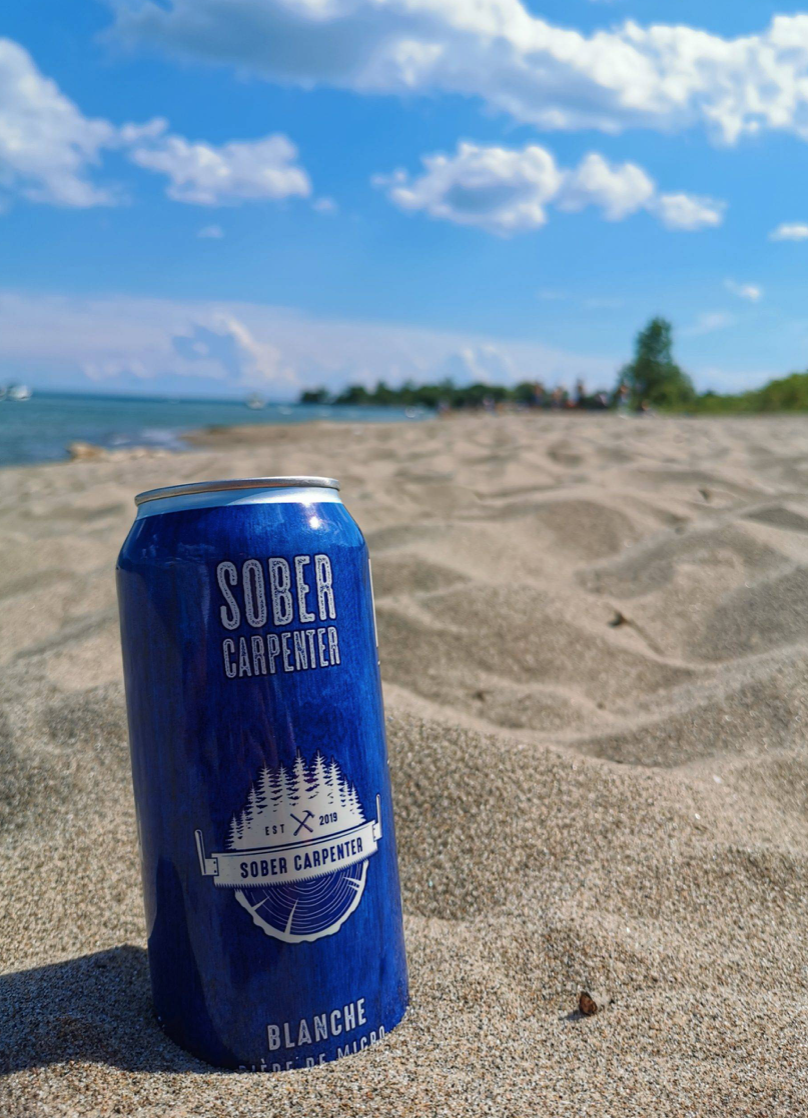
They offer a White Beer, which I haven’t sampled, and an Irish Red, a Blonde, and an IPA. All of their beers have a bit more body than Partake, and the IPA is very different. The Blonde is reminiscent of Steam Whistle to my palate, with a hint of sweetness however, and the Irish Red is closer to Kilkenny. On the other hand, the IPA is a West Coast citric hopped floral ale with the typical hazy blonde appearance in a glass and an authentic flavour. The higher calorie count may be responsible for the slightly richer flavour in Sober Carpenter’s offerings, along with a little more after taste and a satisfying mouthfeel. Another good option, mainly if calories are less of a concern at $0.19 per ounce and 3.75 calories per oz.
Another offering is Athletic Brewing, which makes its craft beer in Connecticut. Their several beers come in 12 oz. cans and are much higher in calories, 70 for the IPA. I tried the IPA (called Run Wild). It was mildly hopped but very full-bodied (the reward for the calories, I guess!), has an excellent mouthfeel and is very satisfying.
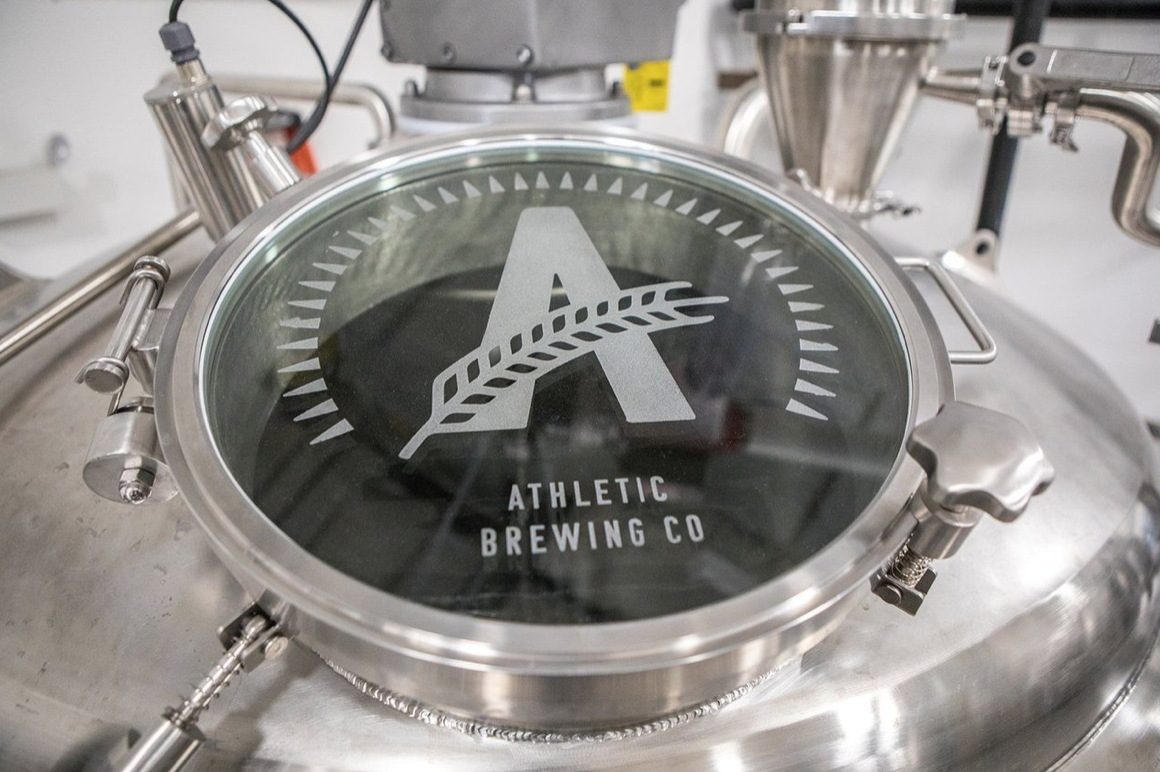
If calories are not a concern, this might win the favourite sweepstakes, with its overall effect very comparable to a full-bodied ale except for the alcohol. Their golden ale, called Upside Dawn, is again a Boddington-like drink, but with more body, less a summer refresh than maybe a spring or fall option. They also have a copper, a peanut butter ale, a hazy IPA, a white, and a couple of others, but only the IPA and the Golden Ale are available in Canada, at $0.24 per oz., and 5.8 calories per oz.
Not Quite Beer, although made with hops!
For those who want something light, effervescent and refreshing, like soda pop, but without carbs, calories or artificial flavourings or sweeteners, I take my hat off to Wellington Brewery, nearby in Guelph. One of the earliest providers of craft beers, Wellington began with bitter, pale ale and stout in the English tradition but now has an extensive range of excellent American style beers, including a strong IPA. Wellington has come up with a genuinely innovative drink called hop water. It’s a carbonated beverage that is clear in the glass, looks like tonic water, but gets its taste from the kind of hops it uses. There is a choice between Cascade and Chinook hop bases, and there is a distinct difference. Both have a slightly floral flavour and a hint of sweetness. They don’t belong in this article apart from being made of hops and coming from a brewer, but I think they are worth a try: a healthy alternative to aspartame-sweetened diet drinks, with nothing but hops, water, yeast and citric acid. Very refreshing. The carbonation bubbles are tiny and reminiscent of champagne. For whatever reason, they are also a bit cheaper, at $0.13 per oz and 0 calories. That’s right, zero calories.
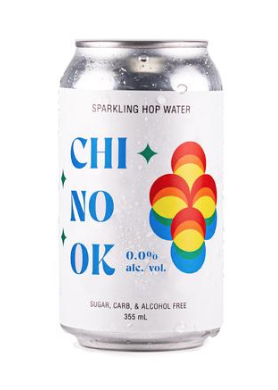
Given that all these offerings have either no or less than 0.5% alcohol and are relatively inexpensive compared to alcoholic craft beers, the calorie count is only an issue if you will drink the same quantities of each. Living with them in the house for a month or more, I found I was much more inclined to have a couple - or a few - of the low calorie Partakes than the higher calorie Athletic Brewing options. I enjoyed them all and tended to go for the lower calorie ones as thirst quenchers , but the higher calorie ones to sip in front of the TV, if I wanted to approach the satisfaction of drinking a real full-bodied beer. With so many options, there is a beer to suit every palate and appetite.
